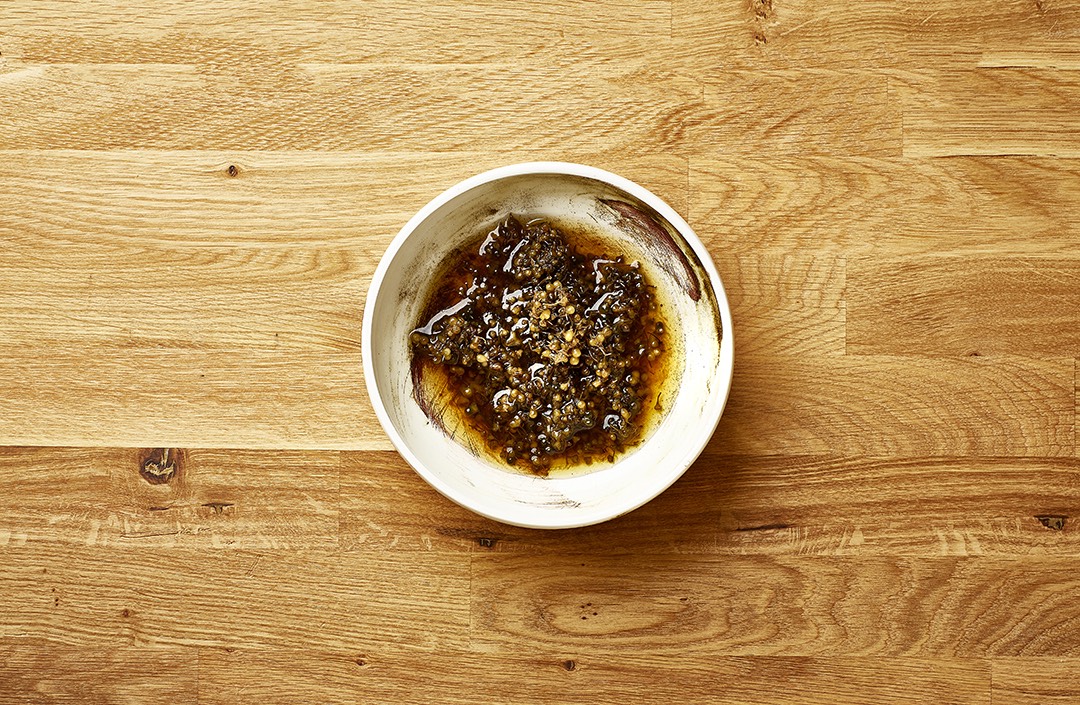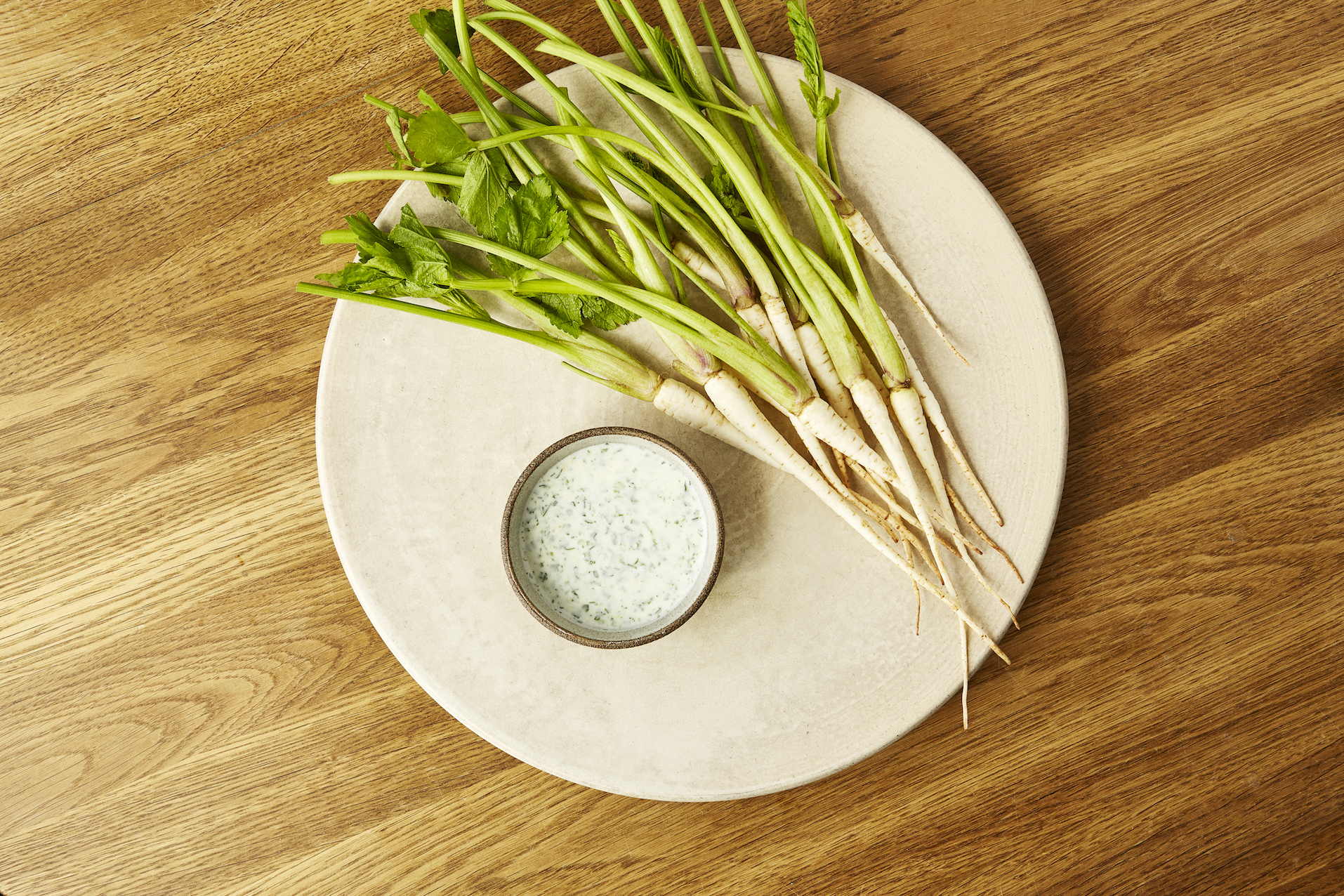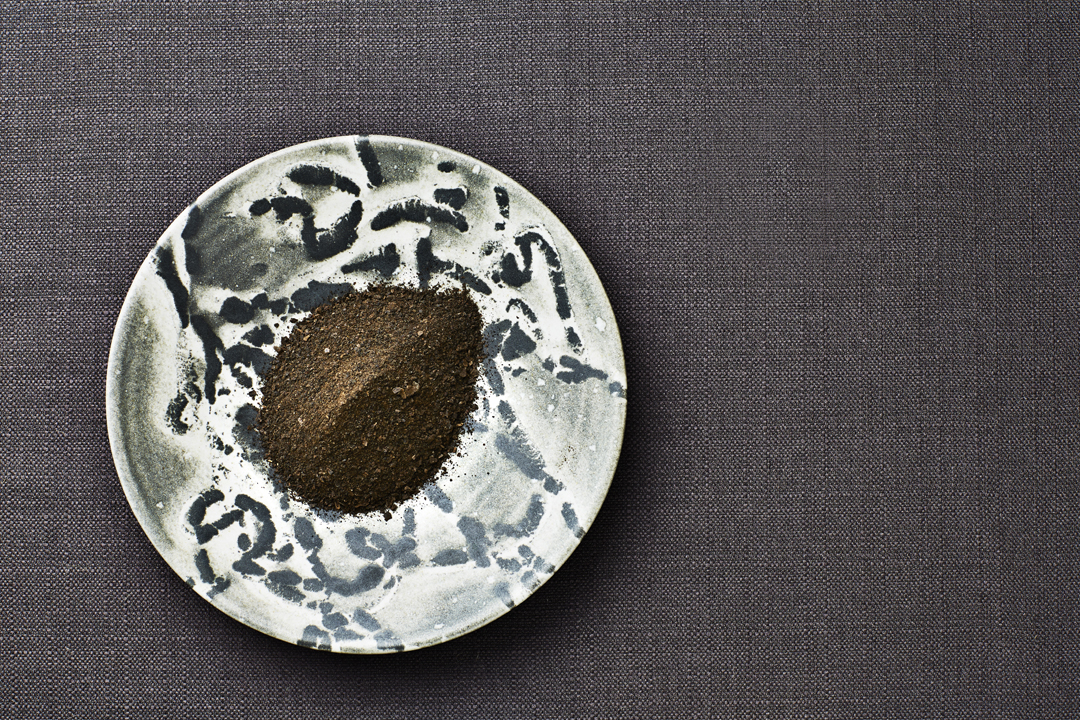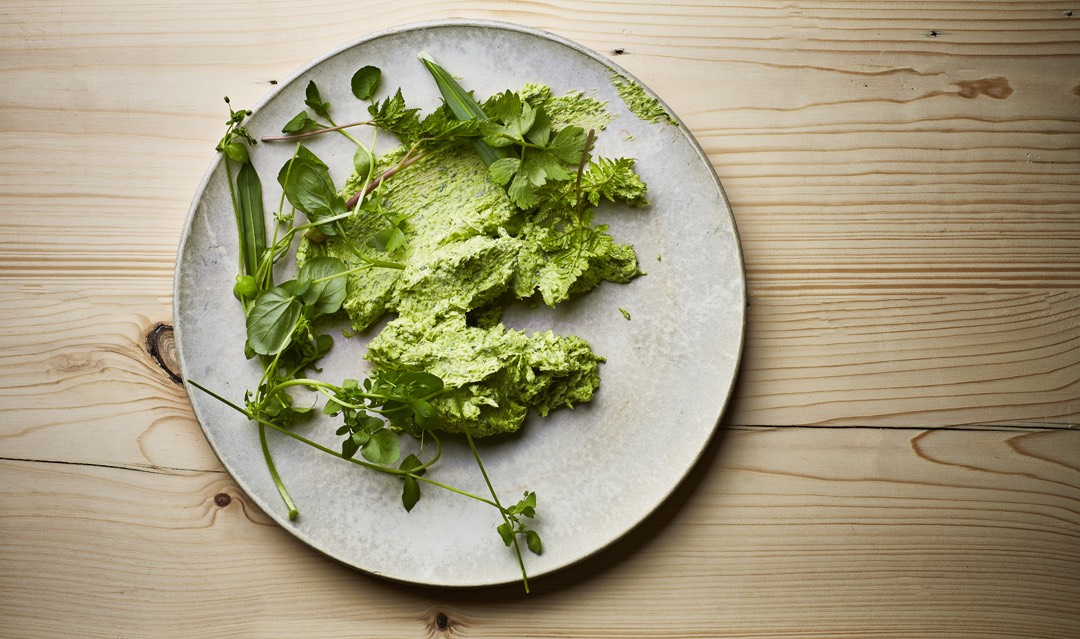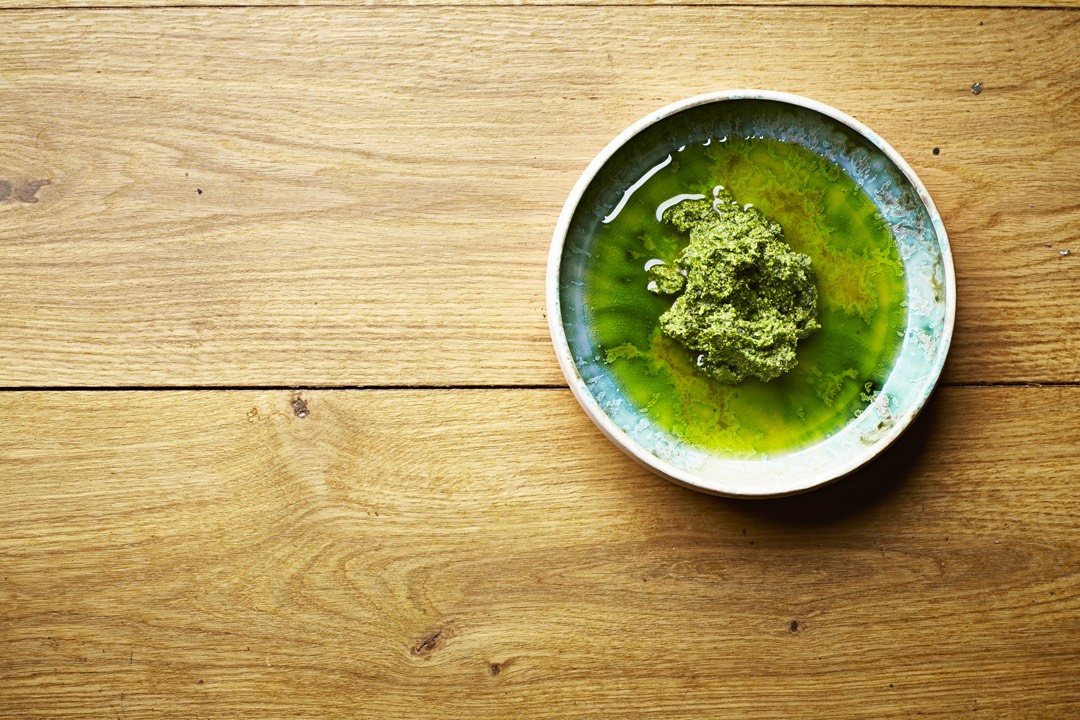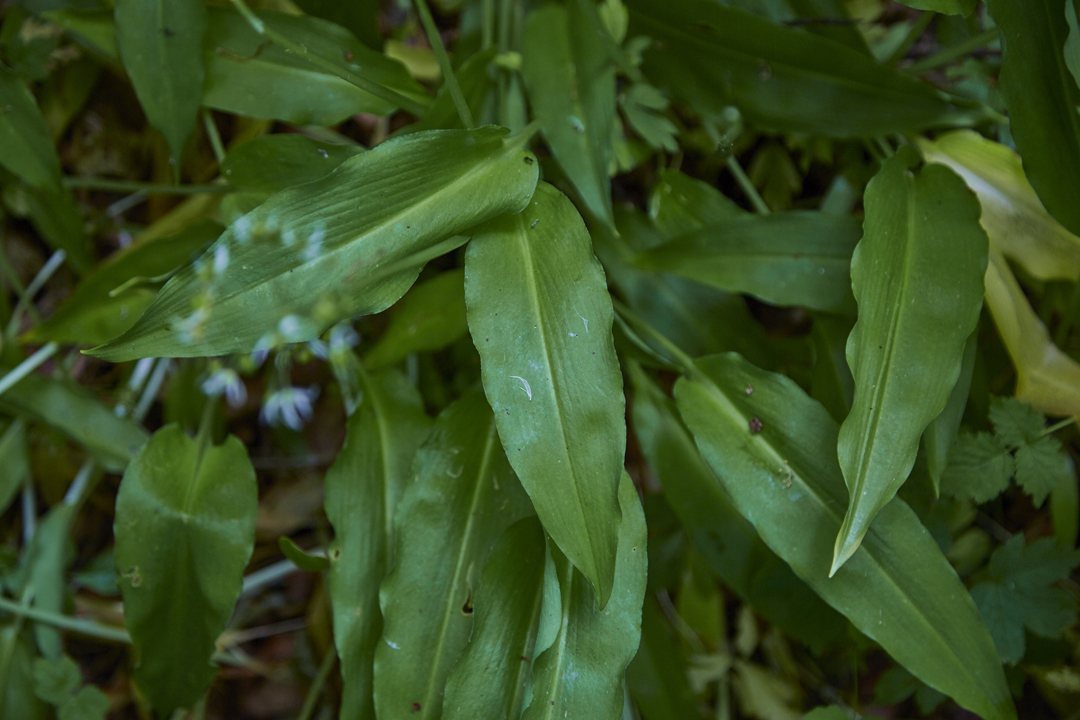
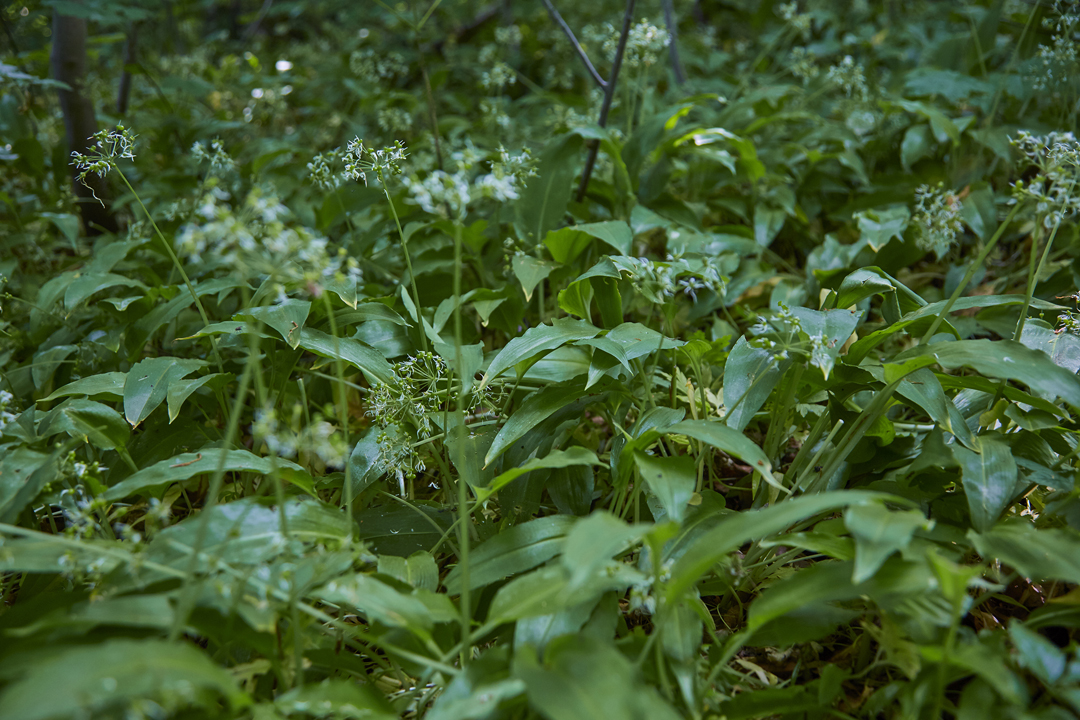
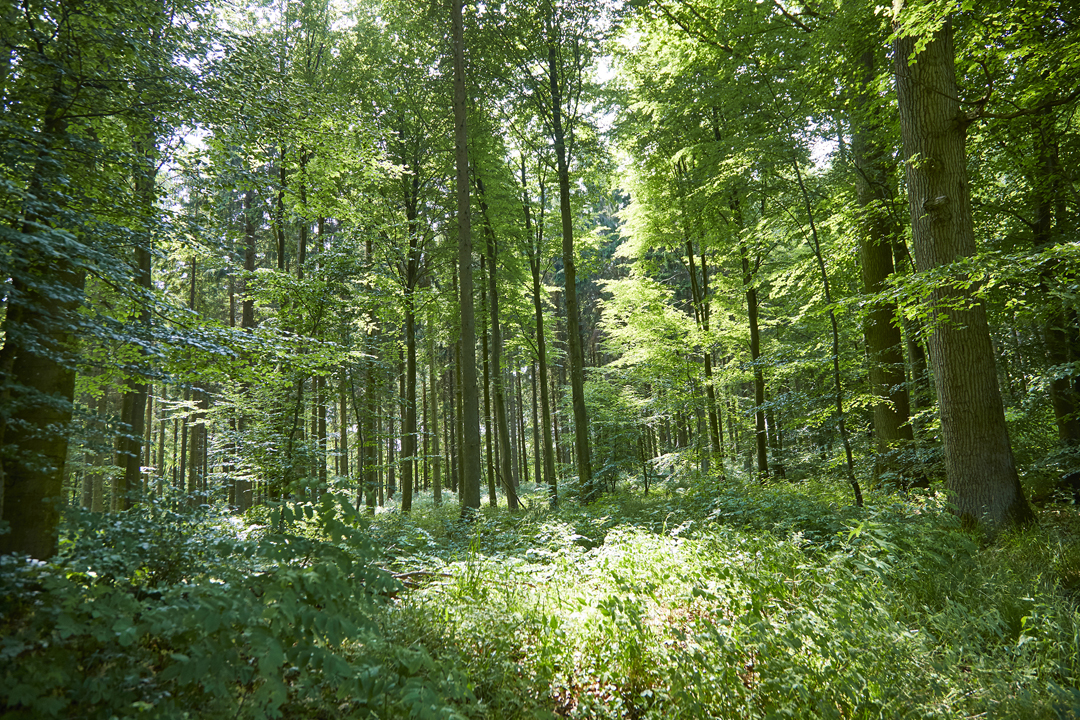
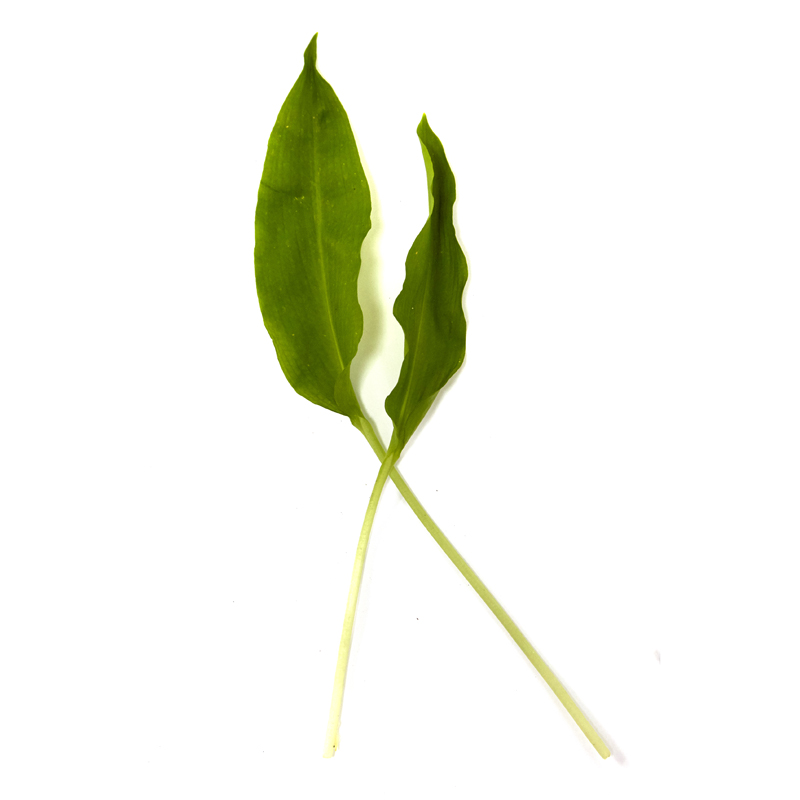
Ramson
Also called wild garlic, ramson often grows in large colonies. They are one of the great delicacies of spring, and have been used in cuisine for around 6000 years. All parts of the plant are worth picking.
-
Where to Find It
Ramson grows in many of Denmark's forests and parks, though it’s rare in western Jutland. It typically forms large colonies in the shady parts of deciduous forests, in hedges, and in city parks where the ground is moist. You can also find smaller populations of ramson under shrubbery. It tends to take over an area, then leave behind an empty forest floor over the course of the summer, when it withers and dies.
Deciduous forests, towns, hedges.
-
When to Find It
As early as January, the first small shoots pop up and you can harvest the leaves on until June. Ramson blooms in May and for a short period after it withers, you can pick the seeds from the plant to use for capers. You can gather the bulbs in fall and winter.
Leaves: January, February, March, April, May, June. -
How to Spot It
Ramson has green, oval-shaped leaves and white, star-like flowers that grow in small umbrella-like shapes called umbels. The leaves emanate from the stem at the base of the plant and cluster in a bunch near the ground. The umbels grow on tall, triangular stalks. Ramson can grow to be 20-40 cm tall. As it withers, ramson forms small, round seed pods in clusters of three.
-
How to Pick It
You can use the whole plant and pick different parts as it develops over the course of the season. Carefully select the parts you want to use, and remember to leave behind enough roots to ensure there are ramsons next year too.
-
NB!
The Ministry of Environment and Food of Denmark recommend limited consumption, due to limited knowledge about the chemical content.
Flowers: May.
Seeds for flowers: May, June.
Bulbs: September, October, November, December, January, February.
Risk of misidentifying the plant
Visually, ramson may be mistaken for lily of the valley, autumn crocus, and mountain arum, all of which are toxic plants. None of them, however, have ramson’s strong scent or garlicky taste.


